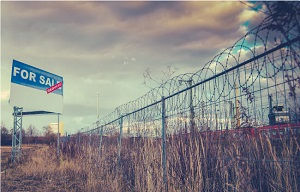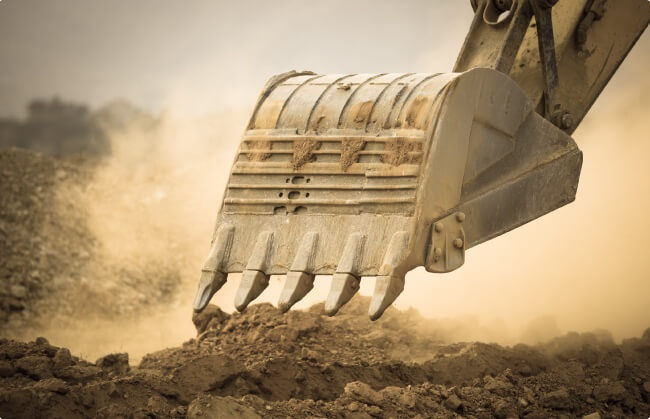Get Proper Waste Classification Report Sydney From Top Providers
- birdjackson018
- Aug 7, 2023
- 2 min read
Land assessment is a cycle for anticipating the land's reasonableness for a particular land use type (LUT) in each region. The land assessment gives a levelheaded premise to land use arranging, particularly in emerging nations, where an increment of arable land, which is much of the time restricted by adverse consequences of land corruption and natural issues.
Getting your site assessed with a detailed report
If tainting exists in the property as soil and groundwater pollution, and it is brought to the administrative body's notification for Detailed Site Investigation NSW. Depending on the location and extent of the contamination, remediation can cost thousands to millions of dollars. A Phase I Site Assessment identifies problems with dry cleaners, industrial processing plants, and gas stations from the past and present.

It is common to believe that the present property does not pose any environmental risks, but that previous uses may have damaged the environment. For instance, prior to becoming a restaurant, the property served as a gas station. There are several shops on the existing property, and it is possible that a dry cleaner once operated there. After completing the Phase 2 Environmental Site Assessment, appropriate mitigation measures can be taken if the Phase I Site Assessment is carried out appropriately.
Assessing the land with modern technology
Unmistakable techniques and models have been applied for land assessment, for example, Direct Mix, Basic impediment, fluffy rationale demonstrating, the utilization of Counterfeit Brain Organizations, and Logical Order Interaction (AHP). The AHP is still the most widely used method for land evaluation, especially on a small scale, despite some limitations.
An in-depth examination of a property's environmental conditions is known as an Environmental Site Assessment (ESA). ESAs and Waste Classification Report Sydney which are utilized to identify and evaluate potential contaminants on the site, are a useful resource for property owners, lenders, real estate attorneys, land developers, insurance companies, and other stakeholders.




Comments